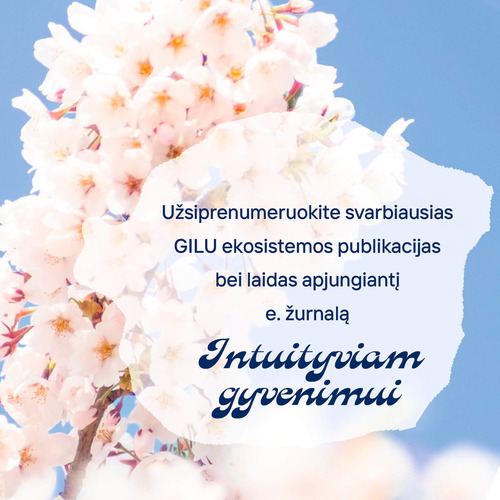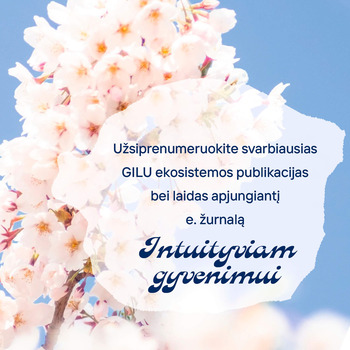Educational articles
- Home
- Educational articles
- Can you feel your body?
Can you feel your body?
2024 02 20The rapidly changing world and cultural transformations are weakening the human connection with our bodies. Our behaviour is becoming more and more mechanistic, template-like, less spontaneous, and therefore less original and authentic. We are influenced by standardised templates of how we should build a business or a life. Algorithms "screwed in" by artificial intelligence are becoming established as unquestionable truths and weaken the belief that we can see the world in an original, adequate way and offer something uniquely our own.
The body, in this sense, is our ally and support, because through the senses of the body we can understand: here is mine or not mine, here is where I'm on my way or not on my way, here is where I feel "grounded" or off-balance. So we have something to rely on and to lean on - our body. But... the body is also enculturated, constrained by all kinds of forms, patterns and clichés. To trust it, we need to discover it and open it up.
Being in the body, in embodied experience, is inseparable from movement. Most of the information we need to think, to make sense of the world, comes from movement. What is the essence of human movement? Mechanical movement is "choppy" - our eye recognises that there is something "non-human", robotic about it. What is human is what undulates. The very structure of our body gives us this quality of flow, which, when integrated into any form of movement - walking, throwing - we have a relatively soft relationship with our body and with the world. Soft does not mean weak. When I let go of my muscles, I come back to my centre. I am the axis. To regain this sense of axis is wonderful.
How does dance originate? What are its fundamental movements? After studying different cultures, we can distinguish 5 fundamental forms. They are not artificial, they are born from everyday human movements. Each form has its own frequency, its own speed, its own mood. And each form gives us a state. It is difficult for a person who is jumping, who is "bouncing", to be sad, and for someone who, suppressing their body, looks downward, it is hard to feel uplifted. Movement forms transform us instantly. Once we know and master them, we can use them as a tool to change our state.
For example, shaking off. Try shaking your hand—you will feel how the structure loosens up. Everything in the body is quite fluid, as if it were made up of layers. To release tension, we need to relax the tissues without becoming limp. The practice of shaking off creates a very beautiful balance: after releasing and moving the tensions, the body structure remains strong and vibrant.
In nature, we constantly see animals shaking themselves off. A dog runs into the yard, barks at the neighbor, shakes itself off, and happily returns home. Transitioning from a stressful situation to a state of relaxation, the animal shakes itself off.
In the cultures of various nations, from the rituals of Asian shamans to the dances of African tribes, shaking off has long been considered a powerful practice. It is a way to enter alternative states of consciousness, a method to awaken intuition, a means to see reality not at a mundane level, but differently, as if from above.
By the way, after experiencing intense stress, we also start to tremble: this is how the body tries to release the tension that has arisen inside. Trembling is not a problem; it is a solution to the problem, much like a fever. And if we practiced shaking off regularly, perhaps we would no longer tremble when we experience stress.
Through the variety of body configurations and positions, we understand and connect with other people, enabling us to establish meaningful communication. A certain body position communicates something and carries its own cultural code. Entering another person's position means stepping into that person's perspective—seeing and "reading" it. This skill can be developed. Musicians in an orchestra are able to "read" the conductor's movements. They learn to play, understand what each movement means, but "reading" the movement and feeling it in time is an implicit knowledge that they develop almost naturally.
Excerpt from the seminar "How to use the intelligence of the body?" organised by Rasa Balte Balčiūnienė











